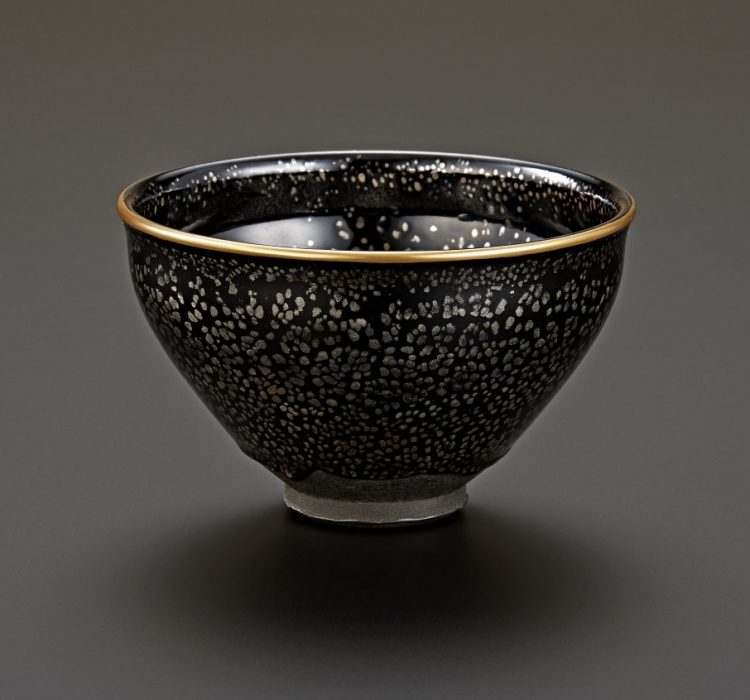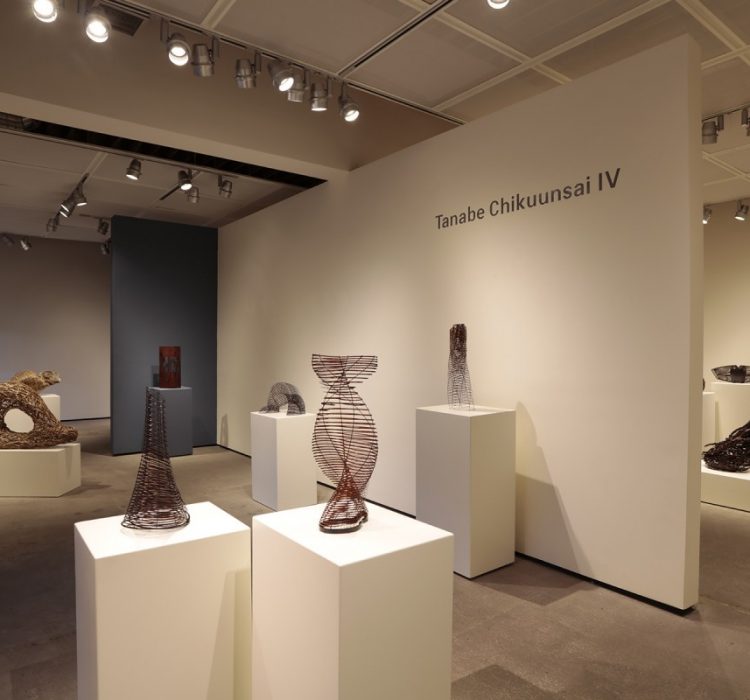
Oct.09
A Taste of Culture – UMÉ SHIGOTO
Oct.09
Elizabeth Andoh
Incessant tsuyu rain is soon to be supplanted by sultry summer days. That’s when the emphasis in the kitchen, shifts to sawayaka “refreshing” foods, and sappari “clean” tastes. By the way, these words can also describe someone’s outlook or attitude to life, in general: sawayaka na kibun (a bright, buoyant mood) and sappari shita hito…

Sept.12
Tokolo Asao: A New Spin for Arita
Sept.12
Alice Gordenker
Millions of people around the world have seen the work of Tokolo Asao, yet few would be able to produce his name or identify a single project to which he’s contributed. Tokolo — and that’s the spelling he prefers for a surname usually romanized as “Tokoro” — is the man behind the distinctive indigo checkered…

Sept.04
Event notice: outdoor Noh in Kanagawa, Oct. 2-3, 2019
Sept.04
Alice Gordenker
Readers of Japan Living Arts are invited to attend special performances of Noh and Kyogen at the Oyama Afuri Shrine on Mt. Oyama in Kanagawa Prefecture. On Oct. 2 and 3, 2019, top actors from the Kanze School of Noh — including Living National Treasures — will share their art outdoors, as Noh was originally…

July.14
Ohno Kazuo in his own words
July.14
Kyoto Journal
“Alive, in each and every one of us, are countless individuals whose lifetime experiences, joys, sorrows, angers, doubts, and so forth have been successively passed down from one generation to the next. The physical form I assume now is but the fruit of what I’ve inherited from those who have existed before me. What, you…

July.09
A Visual Love Letter to Kyoto
July.09
Gail Rieke
“In that instant I knew that Kyoto had installed itself inside me much deeper than mere fancy. No other place I knew took me back so far and so deep, to what seemed like a better time and self. And as I wandered back in the dying light, lit up with a sense of rapture…

July.04
WAKAMIYA TAKASHI Part of the new generation of lacquer artists
July.04
Simon Pilling
Japanese lacquer – urushi – is one of the wonders of traditional Japanese craft. From the moment of its discovery by the West, with the arrival of Portuguese traders in the mid-16th century, it was sought by royal, aristocratic and wealthy families in Europe and the United States. Inevitably expensive due to the time, patience…

June.30
Bamboo Artist Seiho KIBE opens at TAI Modern in Santa Fe
June.30
The work of Seiho KIBE is currently being shown in his second U.S. solo at Tai Modern Gallery in Santa Fe, New Mexico, until July 13, 2019. Ten years ago, Seiho KIBE had his first solo show in the United States at TAI Gallery in Santa Fe. Now, he is returning to show his new…

June.26
Film Crew to Scale Sacred Mountain with Japan’s Tattooed Pilgrims
June.26
Alice Gordenker
Japan’s relationship with tattoos is notoriously complicated. Even at the height of their popularity during the Edo period, the samurai class made attempts to ban these creative decorations that depicted designs that were considered subversive. Because of their popularity, the bans were ineffective and so the culture of horimono — literally “engraving” — remained strong for…

June.03
Zenzo Fukushima: Keeper of Koishiwara Ware
June.03
Alice Gordenker
Two years ago, at the age of 58, potter Zenzo Fukushima was tapped to become what is commonly known as a “Living National Treasure.” The title, one of Japan’s highest honors, is often misunderstood to be recognition of an individual’s superior accomplishment. In fact, it is a directive from the nation to preserve something that…










